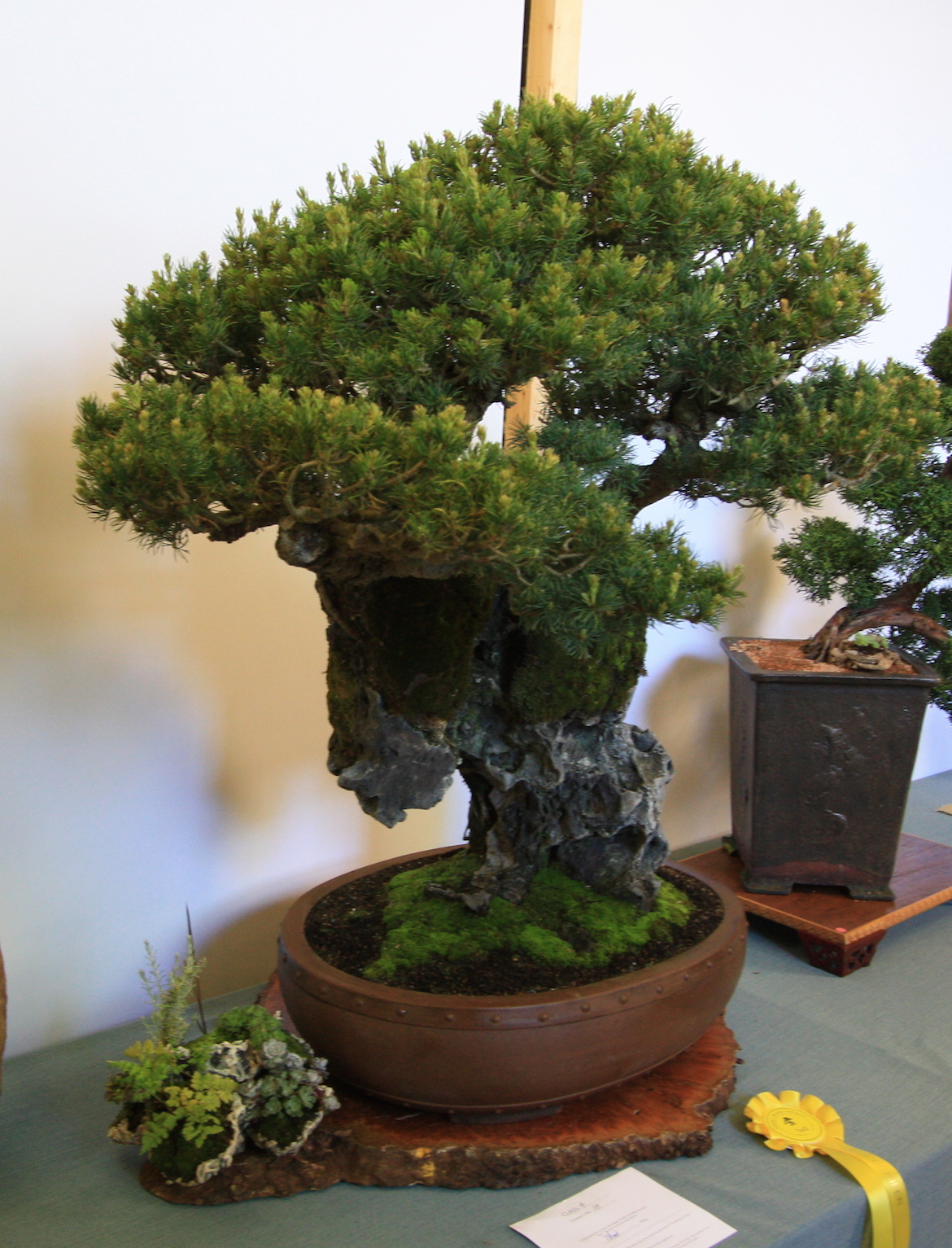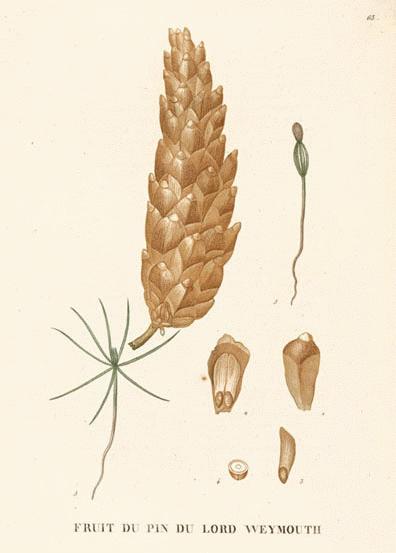

Due to its desirability and relative ease of nursery production it has also been a major species for reforestation in the northeastern United States and Canada. Extensive logging has destroyed most of the original pine forests, but the species is aggressive in reproducing itself and may be found throughout its original range. It is found on many different sites including dry rocky ridges and wet sphagnum bogs, but best development is on moist sandy loam soils. White pine is intermediate in shade tolerance and is commonly associated with eastern hemlock and various northern hardwoods. Limbs tend to persist, particularly on trees grown without severe competition. On older trunks, the bark becomes dark gray and shallowly fissured. Cones also have exudations of a fragrant gummy resin.īark on young trunks and branches is smooth and tends to be greenish-brown in color. Cone scales are rather thin and never have prickles. Cones are 4-8 inches in length, usually slightly curved and mature at the end of the second season. Both male and female flowers (strobili) occur on the same tree, with pollination occurring in spring. Needles are 2 1/2-5 inches long and are usually shed at the end of the second growing season. Leaves (needles) are soft, flexible and bluish-green to silver green in color and are regularly arranged in bundles of five. It is the state tree of Maine and Michigan. Until about 1890, white pine was considered the species of choice for most commercial uses. Because of the colonists general dislike of British rule, this “broad arrow” policy was one more source of friction between the two. These trees were identified by blazing a broad arrow on the trunk.

In colonial times, white pines above 24 inches in diameter were reserved for England to be used as ships masts.

White pine is considered to be the largest pine in the United States. It is a truly magnificent tree attaining a height of 80 feet or more at maturity with a diameter of two to three feet. They aren’t recommended for heavy ornaments.īeginning with the British colonists, eastern white pine (or white pine) has proven to be one of the most important and most desirable species of North America. White Pine’s have good needle retention, but have little aroma. The largest pine in the U.S., the White Pine has soft, flexible needles and is bluish-green in color.


 0 kommentar(er)
0 kommentar(er)
